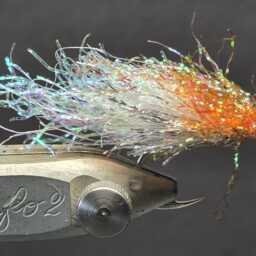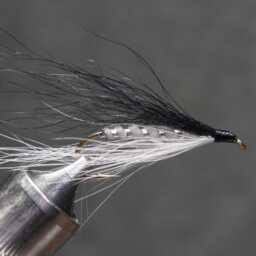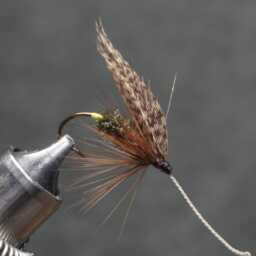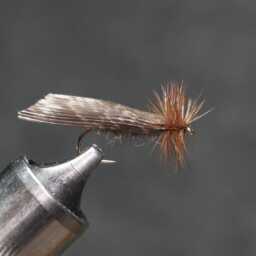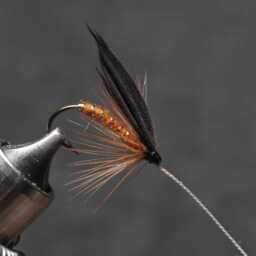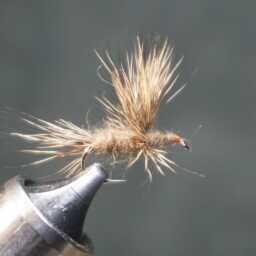The silver pheasant, known scientifically as Lophura nycthemera, inhabits forests across mainland Southeast Asia and parts of eastern and southern China. It has also been introduced to Victoria Island in Argentina and Vancouver Island in Canada. This species is notable for its striking appearance: males are black and white with a red face and legs, distinguishing them from similar species like the kalij pheasant. Females, predominantly brown, share the red face and legs.
In terms of size, silver pheasants vary significantly by subspecies. The largest males can reach lengths of 120 to 125 cm, including tails up to 75 cm, and weigh between 1.13 to 2.00 kg. In contrast, the smallest males are around 70 cm long with tails about 30 cm, and weigh less accordingly. Females are consistently smaller, ranging from 55 to 90 cm in length, including tails of 24 to 32 cm, and weigh between 1.0 to 1.3 kg.
Males of the northern subspecies have predominantly white upperparts and tails with black markings, while those of the southern subspecies are grayer with extensive black patterns. The adult male plumage develops fully by the second year. Females, shorter-tailed than males, are brown with some having whitish underparts heavily marked with black, especially notable in subspecies like L. n. whitehead.
The silver pheasant is popular in aviculture and remains relatively common in the wild, although certain subspecies such as L. n. whiteheadi, L. n. engelbachi, and L. n. annamensis face threats and are considered rare. In addition to its natural habitat, the silver pheasant’s feathers are prized in fly tying, particularly for classic streamer patterns like the Gray Ghost. They are also used to create attractive minnow cheeks, although sourcing these feathers can be challenging nowadays.
The tail is white with dark barring and sporadic mottling. It’s often used in as a section in married wings on classic salmon flies.
« Back to Glossary Index
